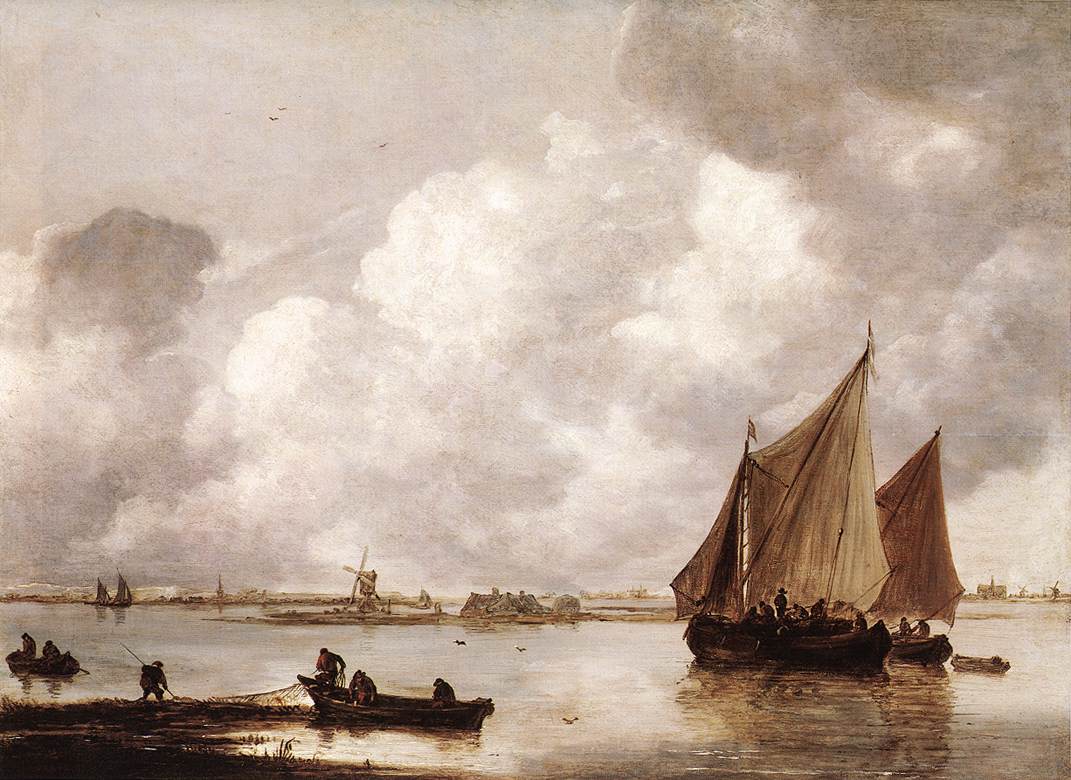“Truth in art does not mean doing accurate copies, but that
the artist’s insight is rich and full, that he really has a good view of
reality, that he does justice to the different elements of the aspect of
reality he is representing. Truth has to do with the fullness of reality, its
scope and meaning […] It is artistic truth!” ~ H.R. Rookmaaker
Rookmaaker, author of Modernity
and the Death of Culture, defines creativity with these parameters: “Realizing
one’s possibility, acting in love and freedom within given structures, fighting
against sin and its results, all this is also what creativity means […] We are
called to be creative in this sense. And we are called to bear the cross that
often goes with it, for mankind often prefers darkness to light.”
“We must not love in word or speech, but in deed and truth;
that is how we will know we are of the truth.” ~ I John 3:18, 19
Six Concepts that make way for True Art and Craftsmen:
1. Understanding Truth: Adherence to the
Spirit of God. Only the Spirit of God convicts. Only God saves. By
understanding what God requires of you (Micah 6:8) and living out the specific
calling God places on your life and worldview, you allow yourself the room to
live in an understanding of the truth.
2. Ability: Not
necessarily a talent you’re born with but a discipline. “Genius is seldom
recognized for what it is: a great capacity for hard work.” ~ Henry Ford
3. Intelligence: a backbone to deny
irrationality. Art consists of law and limitation. “The most beautiful part of every
picture is the frame.” ~ G.K. Chesterton. The ability to be creative in such a
way that the artist invents progress without resorting to the ease of creating
without limits. Creativity without guidelines is not nearly as masterful as
creativity with.
4. Knowledge:
“pursuit of knowledge” is the “mandate for the artist.” ~ Greg Wilber
“Integrity without knowledge is weak and useless, and knowledge without
integrity is dangerous and dreadful.” ~The Astronomer, Rasselas, by Paul Johnson
5. Craftsmanship:
An artist has dominion over the craft. This requires submission to the truth
“in order to subdue the media.” ~ Wilber. Understanding your craft and medium
gives you the ability to create in beauty and truth. You take ownership and
responsibility over your tools and your trade to communicate and express
creatively the scope of reality.
6. Teaching: A
true artist is a teacher. Passing on the baton divorces art and ego. The true
artist exhibits a “desire to prepare the rising generation […] A true teacher
desires his students to surpass his works.” ~ Wilber. A teacher comes to the
understanding that a real legacy isn’t about having the world know your name,
rather true legacy let’s the Lord use you to better understand God’s name. It’s
God-confidence, not self-confidence.
Jan van Goyen: (1596-1656) Early Baroque/ Dutch Golden Age/
On the heels of artists such as Da Vinci and Michelangelo/ around same era as
Rembrandt/ son of a shoemaker/ began apprenticeship at ten/ had six different
masters, the most influential of which was Esaias van de Velde- a pioneer of
naturalism in Dutch landscape/ he influenced countless other artists/ born in
Leiden, the Netherlands/ very prolific, known for at least 1,200 works/ perhaps
the greatest landscape painter in history/ lived rather meagerly, not very
wealthy/ died in debt.
--Techniques: used thin wooden panels/ coated with animal glue/ layers of white lead, often with earthy tones of reds and browns, etc./ trace on outlines quickly, often using walnut ink/ stuck with many monotone color schemes that created very realistic landscapes, paint appeared to be pulled right from the soil he was depicting/ used varnish oil medium to grind powdered pigments into paint--think layers, easy to mix/ kept his darks more transparent and lights more opaque, gave depth and dimension/ made low horizon lines giving a lot of sky, created perfect depiction of majesty and grandeur amidst the simple and daily life of farmers, sailors, fishermen, etc. Depicted “true truth” by displaying the balance between the grand and the ordinary.
Jan van Goyen Landscape Examples:
--Techniques: used thin wooden panels/ coated with animal glue/ layers of white lead, often with earthy tones of reds and browns, etc./ trace on outlines quickly, often using walnut ink/ stuck with many monotone color schemes that created very realistic landscapes, paint appeared to be pulled right from the soil he was depicting/ used varnish oil medium to grind powdered pigments into paint--think layers, easy to mix/ kept his darks more transparent and lights more opaque, gave depth and dimension/ made low horizon lines giving a lot of sky, created perfect depiction of majesty and grandeur amidst the simple and daily life of farmers, sailors, fishermen, etc. Depicted “true truth” by displaying the balance between the grand and the ordinary.
Jan van Goyen Landscape Examples:







